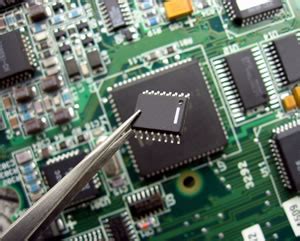
Using the PCB API
Introduction to the PCB API The PCB (Printed Circuit Board) API is a powerful tool that enables developers to automate and streamline the process of[…]

true 3d circuit design
Introduction to 3D Circuit Design Traditional electronic circuits are designed and manufactured in a planar, two-dimensional (2D) layout on printed circuit boards (PCBs). While this[…]
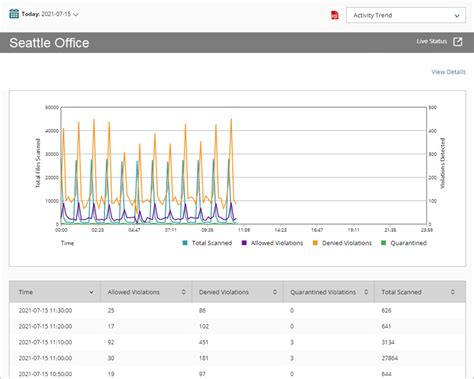
pcb dlg violationsreportdlgviolation details ad
Introduction to PCB Violations Report In the world of Printed Circuit Board (PCB) design, ensuring the integrity and manufacturability of the final product is of[…]
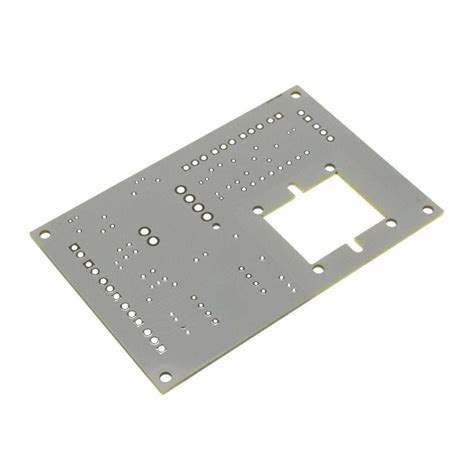
PCB API Layer Stack Interfaces
Introduction to PCB API Interfaces Printed Circuit Board (PCB) design has evolved significantly over the years, with advancements in technology and the increasing complexity of[…]
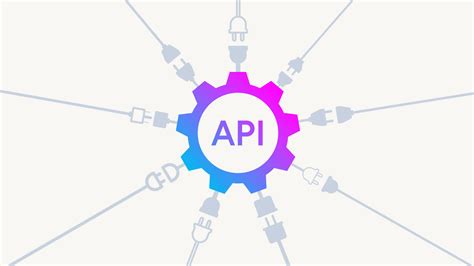
Schematic API Design Objects Interfaces
Introduction to API Design API design is a crucial aspect of software development that focuses on creating effective and efficient interfaces for communication between different[…]

System API Client Server Interfaces
What are API Interfaces? An API Interface is a contract between a client and a server that specifies how they should interact with each other.[…]

ad20 visualc runtime crash
What is a RuntimeCrash? A RuntimeCrash is an error that occurs when a program encounters an unexpected problem during its execution, causing it to terminate[…]
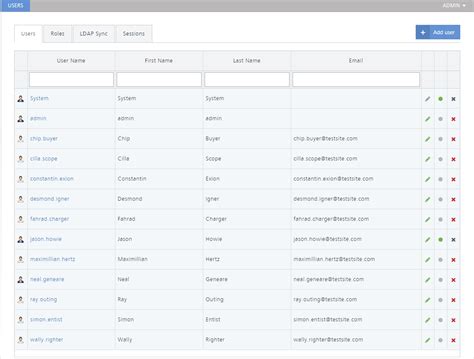
altium concord pro ldap syncing
Introduction to Altium Concord Pro and LDAP Integration Altium Concord Pro is a powerful electronic design automation (EDA) tool that enables collaborative PCB design and[…]
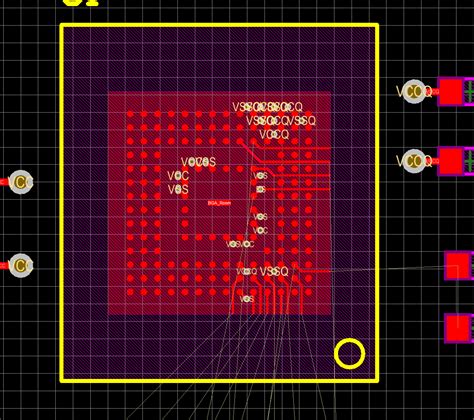
altium designer svn error commit failed or working copy locked or is already locked
What Causes the “Commit Failed” or “Working Copy Locked” Errors in Altium Designer? There are a few potential reasons why you may see a “Commit[…]

developing cutting edge wireless technology nucurrent and altium concord
NuCurrent-Altium Partnership: Revolutionizing Wireless Charging Solutions In the rapidly evolving world of wireless technology, two industry leaders, NuCurrent and Altium, have joined forces to revolutionize[…]